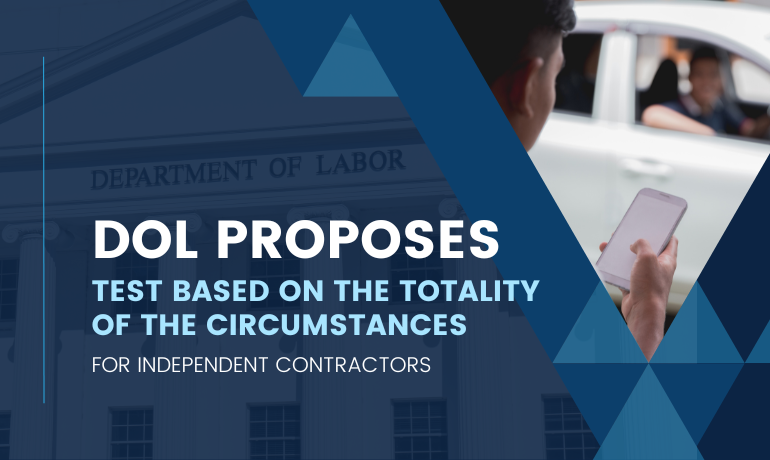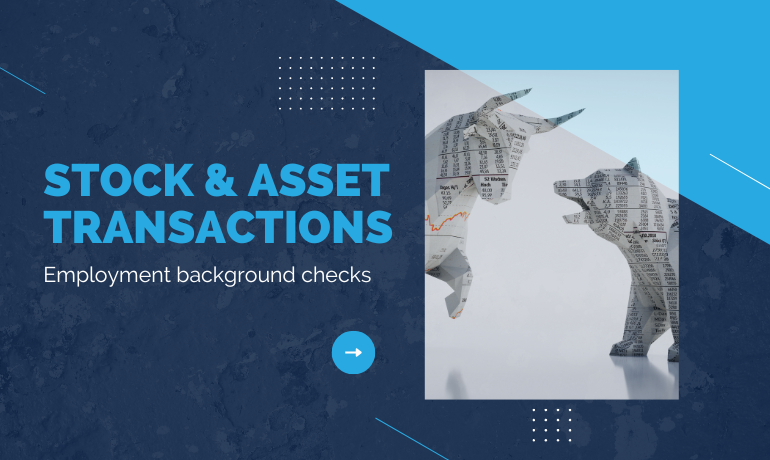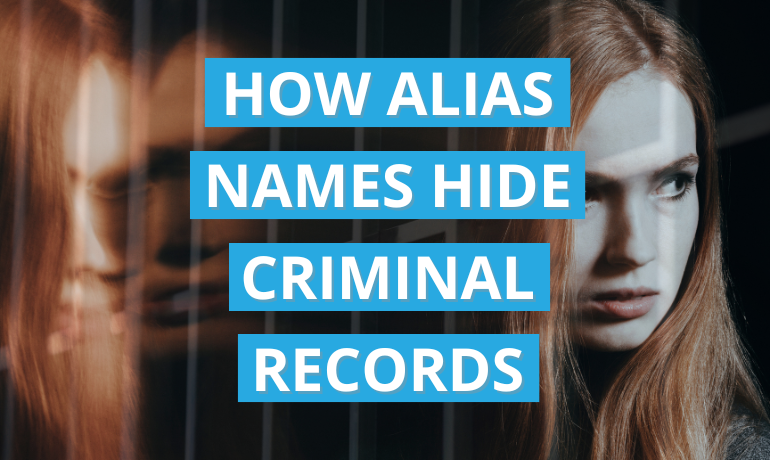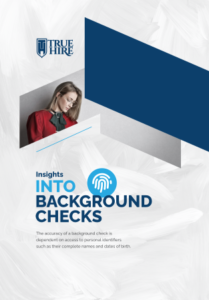On January 28, 2013, United States District Court for the Northern District of Ohio handed down a decision dismissing the EEOC’s claim that the use of credit reports created unlawful adverse impact upon African American applicants. The case is EEOC v. Kaplan Higher Learning Education Corporation, Case No. 1:10-CV-2882.
In the coming days, you may hear a lot of coverage about this case, but understand this important point: the court did not rule that credit reports did not create an adverse impact upon minority applicants. The case was dismissed upon a very technical legal concept: was an expert’s testimony reliable and relevant. This is referred to by lawyers as the Daubert Rule based upon the Supreme Court decision in the case of Daubert v. Merrell Dow Pharmaceuticals, 509 U.S. 579, 597 (1993). Under Daubert, the trial court acts as a “gatekeeper” as to whether an expert’s testimony is sufficient to be presented to a jury. The underlying thought is that you can hire an “expert” to testify about anything you want. The judge is to review the opinion to see if there is any scientific basis to support it. Daubert motions have become quite a common process in civil litigation.
To prove its case, the EEOC hired an expert to show that the use of credit reports created and adverse impact upon African Americans. The problem was that the employer did not retain racial data on its applicants. So, the EEOC attempted through the expert to reconstruct the applicant pool. The court found that the expert’s process to reconstruct the pool was flawed and untested and was not an accepted process by the expert’s peer group. These are all classic Daubert issues. The court rejected his report under Daubert and the EEOC lost all evidence of adverse impact. The court then granted the employer summary judgment, dismissing the case. The court never reached whether there was adverse impact or if there was, whether the credit report was justified by business necessity. The court did note, in passing, that the EEOC requires the obtaining of credit reports for 84 out of 97 positions within the Commission.
In this case, the end user had created a matrix of sorts for what it was looking for, and if the case had gone further, such a limited and pointed review of relevant information within a credit report may have saved the use of this information for the employer. Thus like criminal records, a blanket policy, probably will not work. Here, the applicant was to work within the financial aid departments of several universities. In the past, there have been thefts and identity thefts by these employees. As such, background checks were established to minimize/eliminate such thefts. The employer looked at things such as: overdue child support, unpaid judgments, past due accounts over 60 days, current collections, tax liens, all which were over $2,000 as well as looking for garnishments and those without any credit history whatsoever. They were trying to see if the applicant was under any financial pressure that might tempt that person to steal. This of course, begs the question whether those under financial pressure are more likely to steal than those within the general population.




